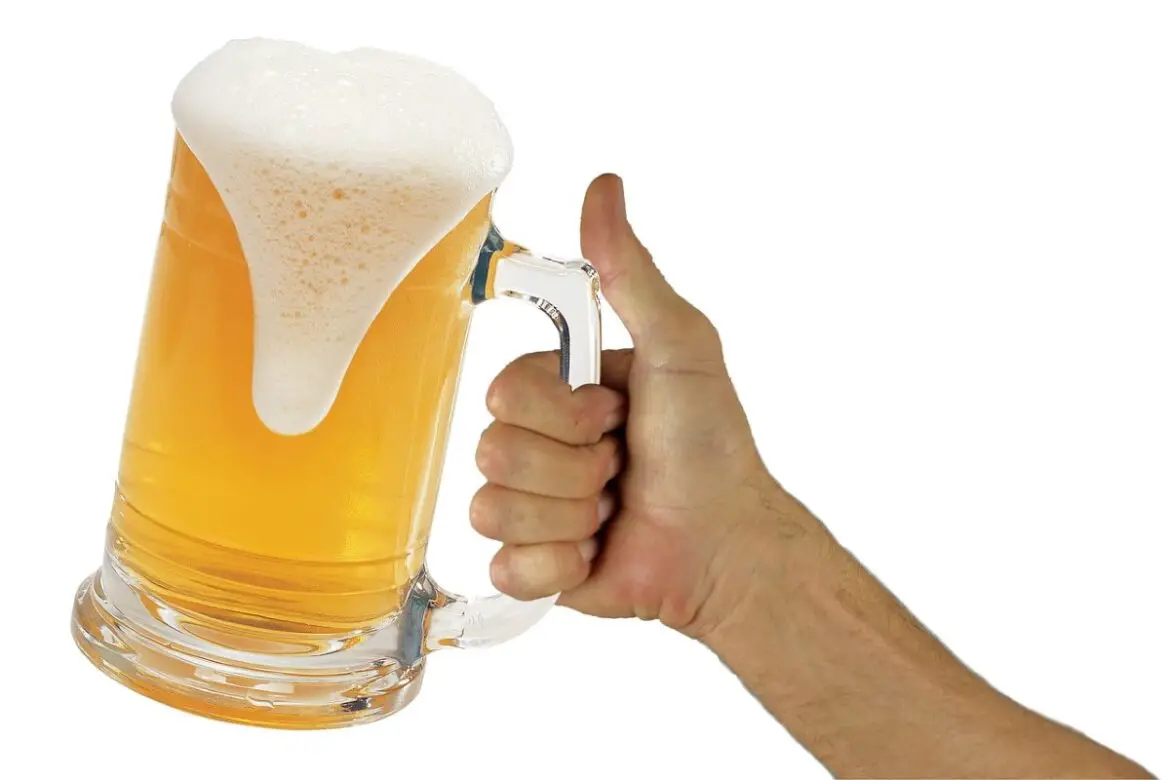Ah, the pint. A refreshing way to end a long day or week in your local pub. Oh, wait, that’s not the pint we are talking about, is it? Well, the pint also has a lot of value in cooking, and it is commonly used as a form of measurement in the UK. But, when you’re cooking you may need to use cups instead of pints and that’s when the conversion process proves useful.
When the recipe calls for pints, you don’t need to worry or panic. The conversion process is one of those delightfully simple ones, and you’ll have it nailed in no time. What’s more, you have us to take you through the process – helping you to make sense of the system to maximize your culinary success.
Looking at the Most Common Ingredients
Pints are often used for measuring alcohol, that is their most common usage – especially in the UK. However, there are other liquids that can be measured in pints and frequently are. Milk is often measured in pints in the UK, and labelled as such on the cartons. Similarly, there are recipes that call for a pint of water.
| Ingredient | Number of Pints | Number of Cups |
|---|---|---|
| Water | 1 | 2 |
| Milk | 1 | 2 |
How Many Cups in a Pint?
When we measure in cups, we are going with the standard US cup because it is the most commonly used. You can check out our guide on cups to grams for more information on the different types of cups that exist if you’re interested.
Using this as our foundation, one pint is the same as two US cups. Since pints are a form of liquid measurement, you don’t need to worry about changing the cup quantity based on the density of the liquid too much. Namely, because the liquids measured in pints tend to be very specific.
A Note About Pints and Ingredients
Here’s an interesting thing about pints, there are two different types available. In the UK and Ireland, a pint is actually 20% larger than in the US. Therefore, you will need to keep this in mind when you are measuring using recipes from outside of the USA. After all, pints are still a common form of measurement in the UK and Ireland so you’ll find them in plenty of recipes.
If we break this down further, the UK pint is the same as 20 fluid ounces. In the US, the pint is equivalent to 16 fluid ounces. Why is there such a difference? Well, the 1824 British Weights Act is what defined the UK gallon as we know it today and, therefore, the pint.
Only liquid ingredients are measured in pints. So, you’re likely to find recipes that ask for a pint of milk or water. Probably not a pint of oil unless you’re cooking for a small army! This really narrows down the kind of ingredients you can expect to use with this system, and certainly makes things easier knowing that dry ingredients are excluded.
There is the anomaly of the US dry pint. This is a very rare form of measurement that you are highly unlikely to ever come across. However, as a fun additional fact, you will find that one US dry pint is the equivalent to one sixty-fourth of a bushel. It doesn’t really convert to cups because then you have to go through the dry quart system and that’s just confusing in itself.
To Conclude
While the pint is a common unit of measurement, it’s not one we think about a lot. I mean, when was the last time you thought about a pint outside of a glass of cider? However, the great thing is that this unit of measurement is one of the easy ones to convert. That means you get to spend less time faffing around with the hassle of conversion and more time making good food.
If you want to learn more about the conversion process and the different measurements that you can transform into cups, we have exactly what you need. Liters, quarts, grams, everything you could possibly want is covered in our series of kitchen guides. All of this to help you become the best possible cook and learn everything you can about kitchen life.
